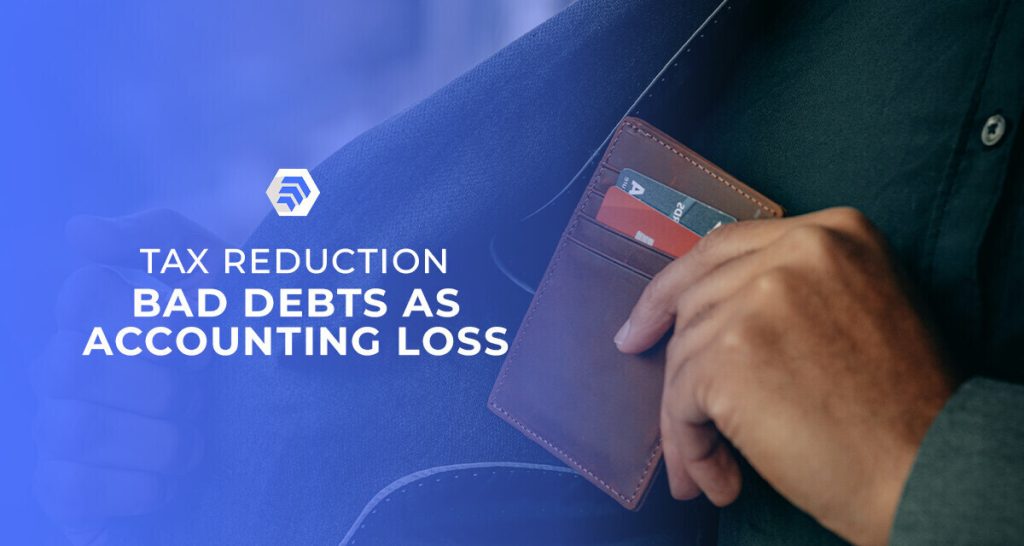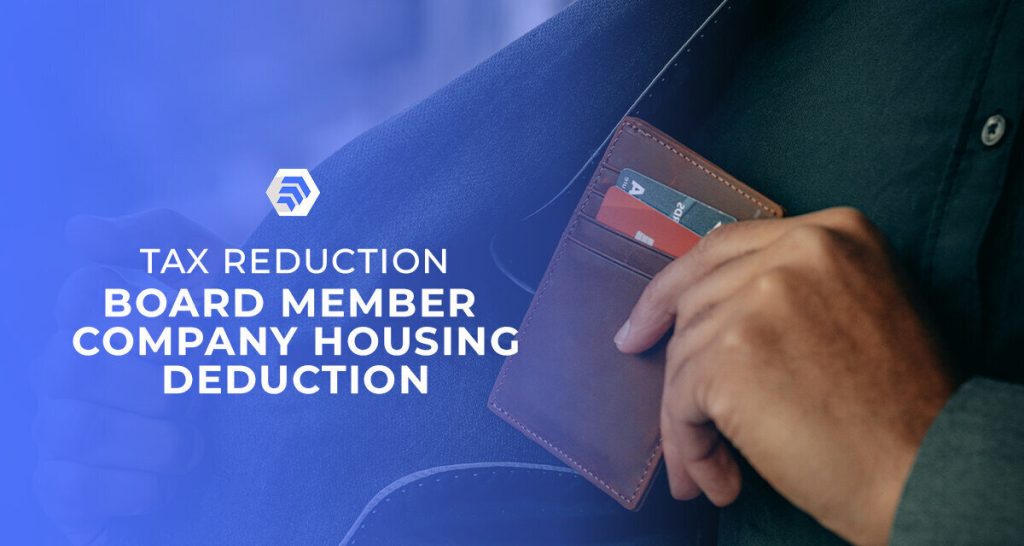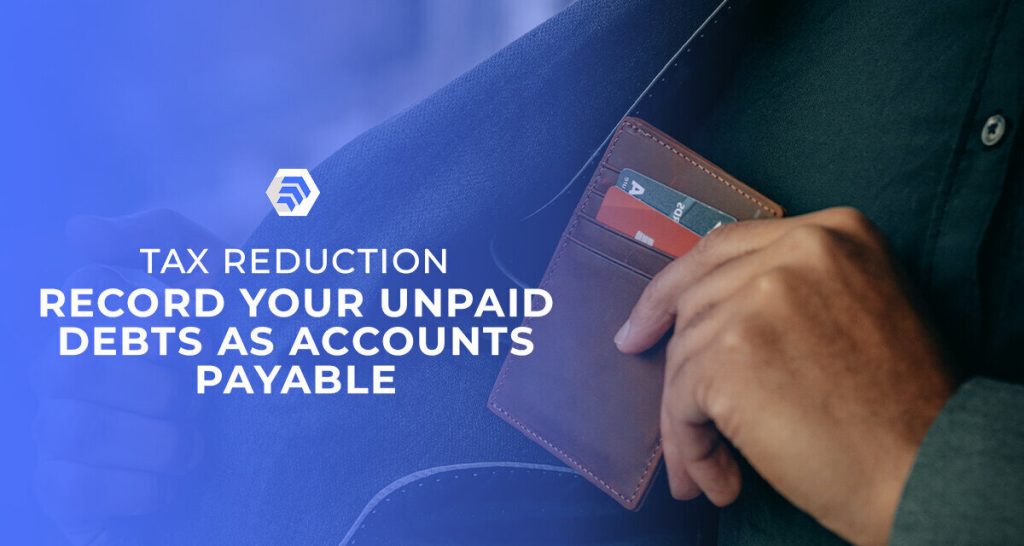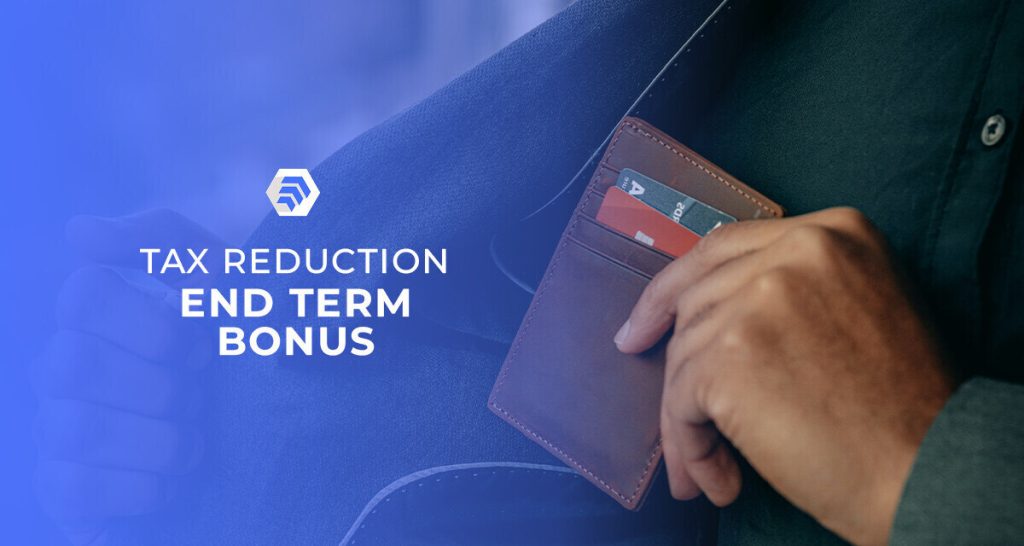This article was written by HeiKin Wong
Accounts receivable and loans are often crucial components in a successful business. There are, however, times where collecting the amount due is simply impossible. While missing out on one or two payments may be fine for large corporations, the same cannot be said for small to medium businesses. As a business owner, if you find yourself in a situation with payments or loans that you can no longer retrieve, then the least you can do is apply those losses to reduce taxes. In this article, we will tell you the necessary conditions you’ll need to meet in order to apply it as a loss.
If you wish to know more about the techniques of reducing corporate and self-proprietor taxes, then visit our business owner resource page to see more articles on how you could pay fewer taxes this year.
Disclaimer: Please note the information provided on this website does not and is not intended to constitute legal advice. All the information, content, and materials available on this site are for general informational purposes only and you agree to not hold us liable for any damages incurred based on the following information.
Finally, the process of turning your bad debts into accounting loss can be complicated, and it’s something you’ll want to get right. That’s where a skilled accountant comes in. They can guide you through the maze, ensuring you claim every yen you’re entitled to. Want to know more about how an accountant can be your financial ally? Dive into our Ultimate Guide to an Accountant in Japan.
What is 不良債権 Furyou Saiken Bad Debt?
Very Simply, bad debts are simply money owed to a business that is difficult to recover. In the Japanese context, it usually refers to loans given out by banks and other financial institutions. However, it is important to note that bad debts are not exclusive to banks. Small businesses and even sole proprietors can also receive bad debts in the form of accounts receivable and small loans from other businesses and customers.
How can you recover value from bad debts?
By having the amount of bad debt count as an accounting loss, you can reduce your net profit for a business year, which could reduce your taxes. Depending on the conditions, you can potentially claim all of the money lent as bad debt loss (貸倒損失 Kashida ore sonshitsu). For example, say your business has earned 1 million yen in net profit this year and you have 500,000 yen of accounts receivable as bad debts. If this amount is determined to be uncollectible under the Civil Rehabilitation Law (民事再生法 Minji saisei-hō *article in Japanese), then the full amount can be counted as a loss in the current business year. This means your net profit will go down from 1 million to 500,000 and result in a tax reduction.
*It is important to note that depending on your business status, and yearly earnings, the amount of tax saved can vary. Consult with a tax accountant to see how much your business could save from using bad debt loss (貸倒損失 Kashida ore sonshitsu ).
What are the conditions that allow bad debts to be claimed as bad debt loss?
There are three. Only one has to be fulfilled for bad debts to be counted as a loss either in the current or the next fiscal year. Accountants usually examine whether a debt can be counted as a loss in the order listed below:
1 . Legal Bad Debt
If a legal decision has been reached regarding the forgiveness or removal of all or part of the debt (meaning the debtor no longer owes you that money), then the removed amount can be claimed as a loss. For example, the amount of debt owed by the debtor can be removed through a revitalization plan (再生計画 Saisei Keikaku) or reorganization plan (更生計画 Kousei Keikaku) outlined in their respective laws (more on this here*article in Japanese). There are other instances where the debt can be extinguished legally. Another way is through a creditor’s meeting mediated by a government agency or a financial institution(Like the Ministry of Finance 財務省 Zaimushō or a Bank). The debt can be legally removed if the creditors came to a reasonable consensus on the amount of debt that should be removed.
Finally, if the state of insolvency continues for the debtor for a substantial period of time and it can no longer repay the debt, then the debt can be removed through a letter outlining the amount of debt forgiveness. In any case, the amount of debt removed through the legal method can most likely be claimed as a loss.
2 . Whether the debtor can repay the debt
A rather simple condition at first glance. In reality, it was one of the harder conditions to meet among the three requirements. To claim the debtor is unable to repay a debt in Japan, the creditor must gather a substantial amount of evidence to prove that ‘without a doubt the debt is not fully recoverable’. Usually, things like the debtor’s financial statements, real estate register, borrowing status, and proof of tax are required for the tax office to give the go-ahead on bad debt loss. Furthermore, if there is collateral for the loan, bad debt loss can only be recorded after the collateral has been disposed of.
The other type of scenario that fits into this category is if the debtor passed away, or was declared missing by the police. In this case, it is obvious that the debtor can no longer repay the debt and the process to turn bad debt into loss is much easier.
3 . If there is no repayment after suspending the transaction for a certain period of time
When more than one year has passed since the last payment made by the debtor, then the creditor can claim the monetary amount of debt owed as bad debt loss minus the memorandum value (1 yen). It is important to note that this method only applies to accounts receivables and not loans. A final (yet unlikely) scenario is when the cost you used to chase that debt (e.g. hiring human resources to chase after the debtor) has exceeded the debt amount. In this case you can also put down the bad debt amount as a loss.
To Better illustrate whether your debt can be counted as a loss, here’s a flow chart for the business owners who are struggling with bad debts (graph translated from this article).

For claiming future expenses in the current year, see our article in English on short-term prepaid expenses to see how you could use it to further reduce taxes; For a more in-depth explanation of the bad debt loss conditions, consult this article from the national tax agency (in Japanese).
Videos on turning bad debts into accounting loss
From ボキいろは【スマホだけで学べる簿記講座】
Concluding Thoughts
Having bad debts is terrible for cash flow, yet it is an unavoidable part of running a business. The pandemic has made the case of bad debt more common than before. It is even more terrible for businesses to pay taxes for the money that they cannot recover. Having these bad debts be counted as accounting losses could at least recover some value and reduce your taxes this year.
Besides reducing corporate taxes, there are other measures you can take to maximize profit for your business. Check out our article on the Top 10 Chrome Extensions for Business Owners to see how they can improve your business operation.








